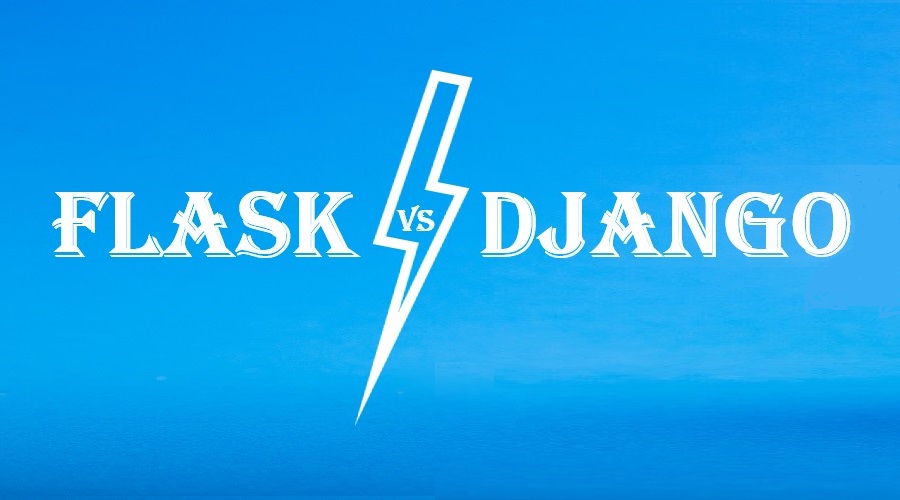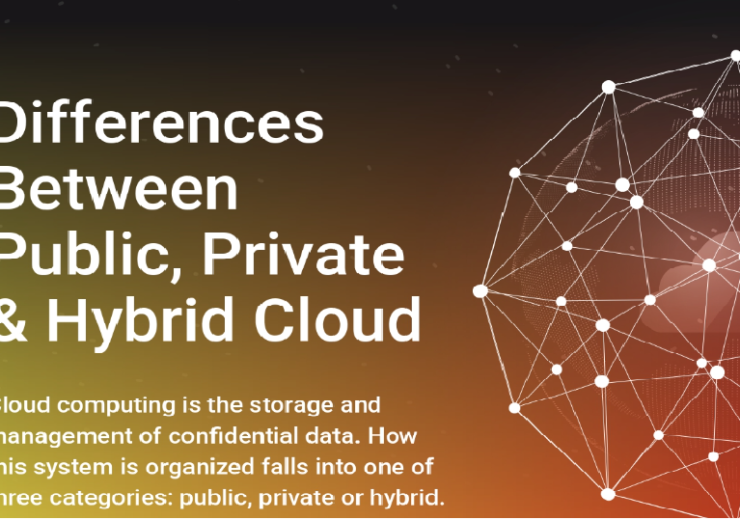Flask Vs Django: Which Python Framework Should You Use?

Python is a very integral part of the coding world. It has gained popularity over time and has done it by deserving means. There are several subsections of Python which can be used according to the need of the situation or the want of the developer. You can also Hire Dedicated Development Team. So let’s look at it and see what we find out.
What Is Django?
———————–
Django is a high-degree, full-stack framework for speedy growing, clean-searching apps.
“High-degree” way that Django is designed to limit real coding throughout the app layout process. Instead of writing code, builders who use high-degree frameworks can outline alternatives with forms, tables, and different interfaces.
● The Story Of Django
Django came into existence in 2003 through Web Developers Adrian Holovaty and Simon Willison. They started out developing web programs with the usage of Python, and Django was born. Two years later, it was released for the masses.
Django is named after Django Reinhardt, a well-known Belgian-Romani jazz guitarist of the early- and mid-twentieth Century.
Today, Django is maintained through the Django Software Foundation and is one of the most recognized and widely used Python frameworks for net development.
● How Does Django Proceed?
To apprehend how a Django web app functions, let’s not forget 4 essential additives of the app layout pattern:
- URLs
- Views
- Models
- Templates
● The Django Model
Django internet apps manipulate statistics and communicate with databases through Python items referred to as models. For instance, the statistical framework used within the internet app is described via the version, which could outline traits like size, default values, and label texts for online forms.
The biggest pro of the Django model is that it handles all communications with the database for the user, saving the user time on SQL coding.
● Template
Template documents outline the primary function or shape of the utility page. Templates can comprise either:
Predefined text containing content elements.
Or
Placeholdersthath might be later populated with information from the Django model.
Cons of Django
———————–
There is no perfect code and neither a perfect framework. So here goes a list of Django’s cons.
– Speed
Badly-designed structure mixed with Python, which isn’t the quickest language, may also result in gradual websites. So make certain that your app is nicely optimized. Django gives its personal benchmarks to test the velocity of internals and see all bottlenecks. Caching and a group of various optimizations may be applied. Check out a whole guide.
Ensuring a well-optimized and scalable structure from the start should prevent several issues with velocity in the future. Django powers large internet programs – experiencing velocity problems isn’t a hassle of Django itself, but instead a query of the right configuration and structure design.
– Lack Of Convention
In evaluating frameworks like Ruby on Rails (an excellent instance of the Convention Over Configuration approach), the whole thing needs to be explicitly defined, resulting in a configuration boilerplate that can gradually down the improvement process. On the alternative hand, counting on configuration is not an unusually placed exercise for the Python ecosystem.
Always select an excellent device for the job. Django won’t be the proper desire for genuinely small sites, like static one-pagers or microservices – in this situation, and you must apply Flask.
– Complications
Django was designed to supply fashionable internet programs genuinely fast. This manner that it combines all of the portions had to compose a CRUD app, but additionally extra complex internet programs. It is probably too complex for a genuinely easy offering with all of the “batteries” included.
Now let’s take a quick peek at Flask.
What Is Flask?
———————–
Flask is a micro-framework, which means that it got designed to execute an extra restricted function than a full-stack framework like Django. But, as you may think, this doesn’t mean it is inferior.
● The Flask Story
———————–
Starting as an April Fool’s comic story in 2010, Flask was brought into the world via Armin Ronacher — a member of a worldwide Python fanatic organization called Pocoo. The challenge had become a success, and the Pocoo group controlled the advancement of Flask till 2016. After the crew broke out and separated, the control of Flask was in the hands of the Pallets Projects organization.
Flask is called after an advance Python micro-framework referred to as Bottle. It’s one of the most famous Python web-improvement frameworks, coming in only second to Django in phrases of various stars on GitHub.
● How does Flask Work
———————–
As a micro-framework, Flask have few dependencies on external libraries compared to the full-stack Django framework. But, there are large dependencies in the case of Flask: Werkzeug and jinja2.
– The Flask version
It is much like a Django model in managing conversations with a database. But, unlike Django, there may be no covered Flask model. It’s as much as the web app developer to lay out a model to work with Flask’s various components.
– The Flask Controller
This is where you write most of your internet software code primarily based on inputs and user requests. The controller is a valuable part of Flask’s pillar as it manages and alters the view and model primarily based totally on customer input to replace what facts are given.
– The Flask View
The Flask view is much like a Django view in that it creates output withinside the framework of content material from the model provided and is formatted primarily based completely on a template file.
Key Differences Between Django And Flask
———————–
To understand better which framework is best suited for your project, let’s consider the main differences between Django and Flask.
Django provides its own particular Django ORM (object-relational mapping) and meticulously uses data models, while Flask doesn’t have any data models in its system at all. Data models allow developers on the task to link database tables with classes in a programming language in order so they can work with models neatly in the same way as database references. Why does Flask have no data model at all?
Because the Flask philosophy is quite different from the Django philosophy of performing tasks, Django bundles pretty much everything together. At the same time, Flask is more modular and keeps it separated efficiently.
A major difference between Django and Flask is that Django provides a full-featured Model–View–Controller framework. It aims to simplify the process of website development as much as it can. It relies heavily on less code, more reusable components, and definitely rapid development.
On the other hand, Flask is subjected to a microframework based on performing one thing excellently. It does not provide any ORM and comes with only one pre-programmed basic set of tools for web development.
Flask applications are mostly single-page applications (SPAs). It’s a good choice for small and medium-sized sites such as forums, personal blogs, and many more like them. Django is necessary for larger projects like e-commerce sites and CMSs.
Similarities Between Flask And Django
———————–
Django and Flask have their distinctions; however, they’re each able to grow notable routing, request/reaction mechanics, mission structure, and different key Internet functions. As Python frameworks, they each connect with internet servers via Web Server Gateway Interface (WSGI), the Python leans on connecting frameworks to servers. WSGI is an easy interface specification that allows a server to communicate with internet applications. An instance of a Python server that connects to Django or Flask with the usage of WSGI is Gunicorn.
Django and Flask each use WSGI; they each rely upon the outside library Werkzeug to offer tools to WSGI-supported internet applications. Werkzeug affords cookies, debugging, redirects, blunders pages, and greater to widen applications. Flask and Django form this basis to compose an entire online framework.
One is like a hammer, and the other is like a toolbox; it depends on the need of the user, which one is required according to the situation.
Usability
———————–
In the case of the Python Django vs Flask comparison, Django has a huge and dynamic developer network. If you’ve got any queries, you could ask them on numerous internet portals and boards, including Stack Overflow, and you will probably get an answer. Also, nowadays, discovering a Django job isn’t very difficult.
Flask’s network isn’t always as immense as Django’s. Therefore, when you have an issue coding in Flask or have questions about Flask, it will take you some time to sort it out, unlike Django. To have better results, you can Hire Dedicated Development Team.
Concluding The Rest
———————–
Keep in mind this is not a town race but a very nitpicked analysis of the two frameworks. It was very hard just openly to appreciate one over the other, so make sure to pick the framework you require and not just want. The required framework should be something that would fit the situation perfectly in whatever case it will be used for. For that to happen, you need to Hire Dedicated Developers or create a list of necessities and go through every piece of data thoroughly so that you can land on the right framework needed for the job.




